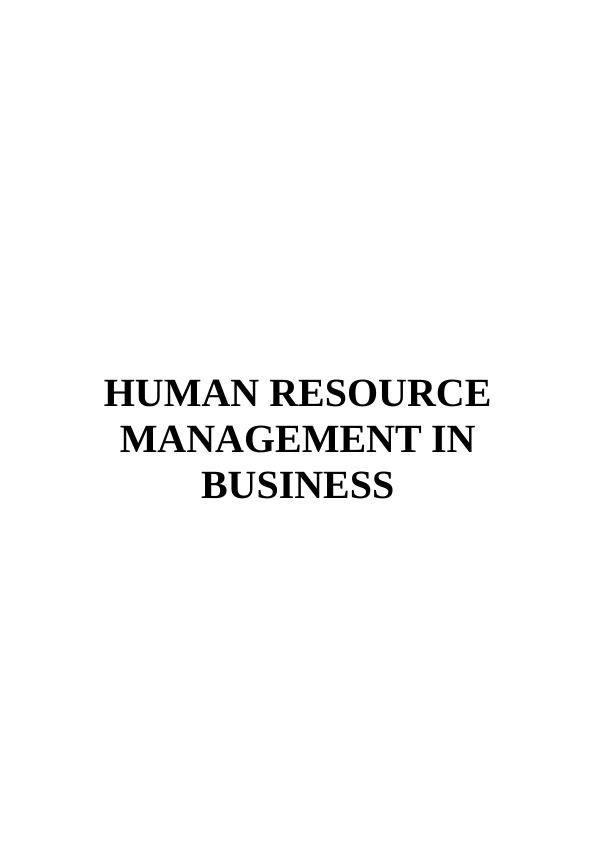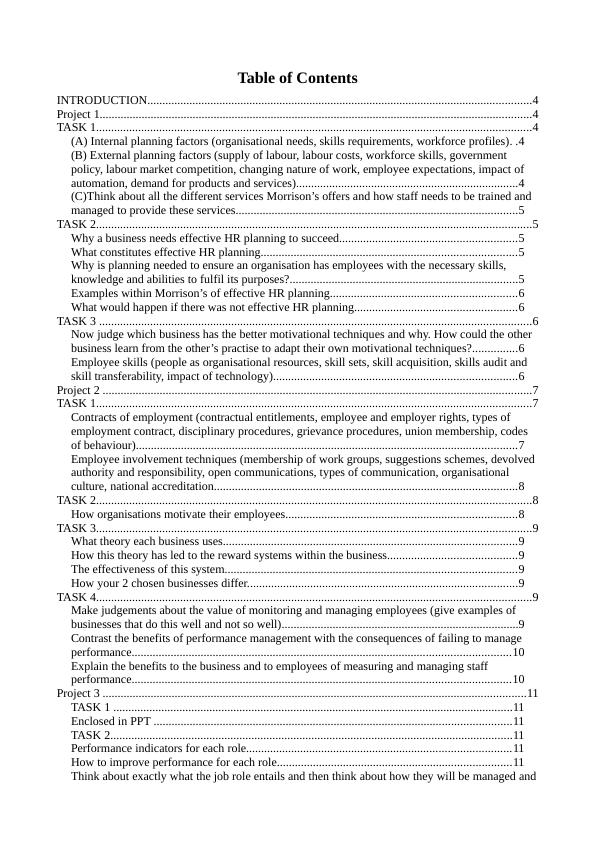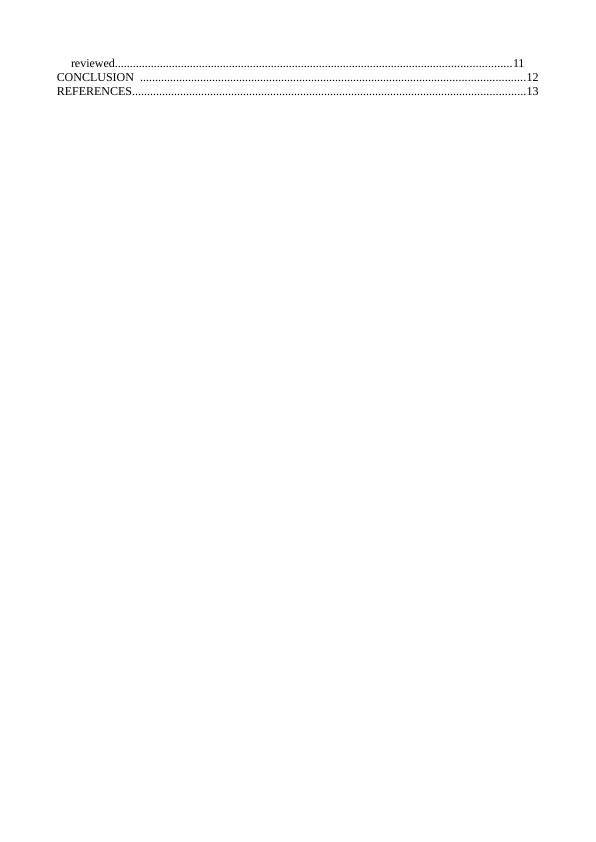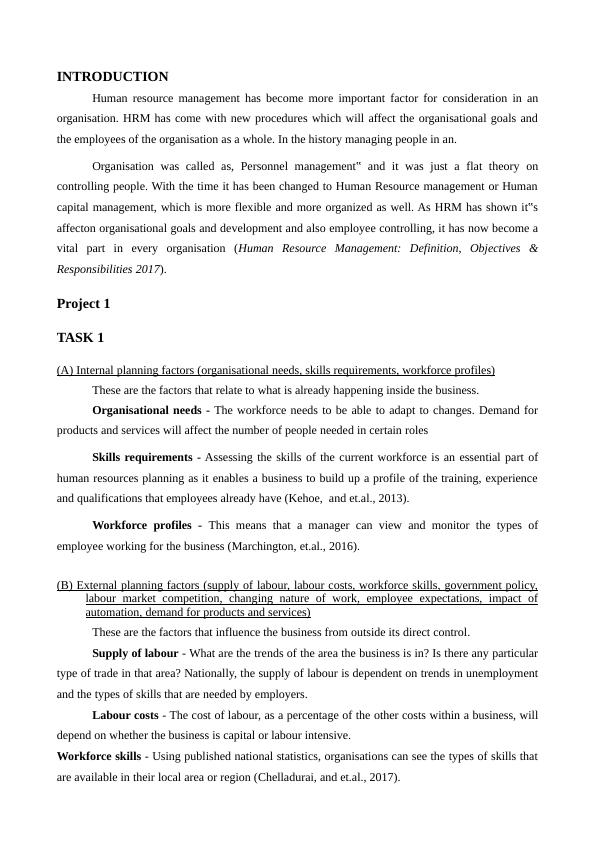Human Resource Management in Business
This assignment requires the student to describe the internal and external factors to consider when planning the human resource requirements of an organization, identify the skills required by employees, outline how organizations motivate their employees, explain how organizations obtain employee cooperation, and explain how employee performance is measured and managed. The assignment also requires the student to explain the importance of human resource planning, compare motivation theories used in organizations, and explain how performance measurement and management inform employee development. Finally, the student is required to suggest ways of improving motivation in an organizational setting.
Added on 2023-03-29
About This Document
Human Resource Management in Business
This assignment requires the student to describe the internal and external factors to consider when planning the human resource requirements of an organization, identify the skills required by employees, outline how organizations motivate their employees, explain how organizations obtain employee cooperation, and explain how employee performance is measured and managed. The assignment also requires the student to explain the importance of human resource planning, compare motivation theories used in organizations, and explain how performance measurement and management inform employee development. Finally, the student is required to suggest ways of improving motivation in an organizational setting.
Added on 2023-03-29
End of preview
Want to access all the pages? Upload your documents or become a member.




